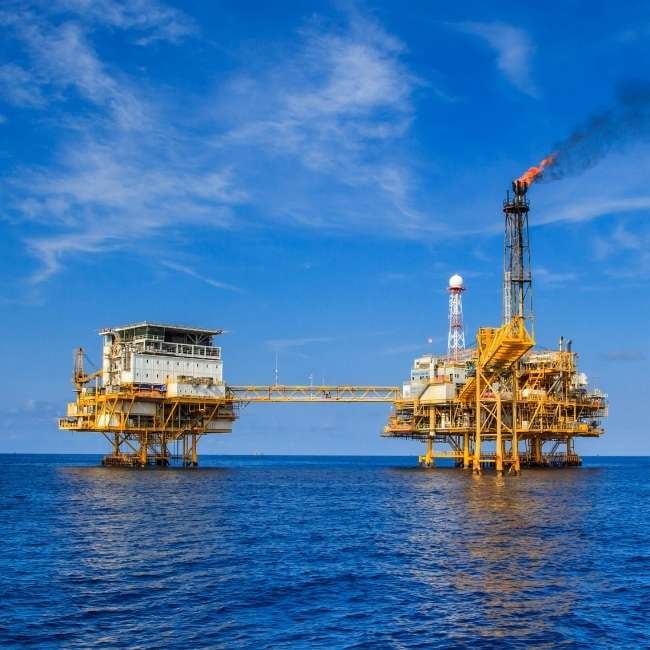Whitepaper Offshore Safety: Improve Your Offshore Emergency Response


WHAT IS EMERGENCY RESPONSE?
According to safeopedia, emergency response "includes any systematic response to an unexpected or dangerous occurrence." HSE supervisors and managers design emergency response procedures to mitigate the impact of an event on people and the environment.

EMERGENCY RESPONSE AND PREPAREDNESS
EER stands for evacuation, escape, and rescue and is the procedure in which people are taken to a safe ground during an accident such as a fire or explosion. The importance of EER is more critical in offshore drilling sites due to the surrounding water that poses additional safety risks.
Emergency response is an integral part of workplace safety for offshore drilling and all industries. The standards and awareness of occupational safety may differ from industry to industry because of historical reasons, the maternity of the sector and the type of potential hazards.

OFFSHORE EMERGENCY RESPONSE: EVACUATION
Evacuating 250 personnel from a platform is a complex procedure that requires prior extensive personnel training. Think of the complex layout of the installation and the availability of escape routes and vessels. Proper emergency drills are critical contributors to the success of EER.
Successful offshore emergency response will involve many parties, detailed procedures, and a variety of equipment that prevents fatalities during accidents on offshore drilling rigs. National regulations and industry-wide recognised best practices create standards for EER.

Offshore Safety: EVACUATION ASSESSMENT
One critical part of Emergency Response Preparedness (ERP) is risk management in general and risk analysis in particular. The UNHCR, for example, considers ERP the foundation of their emergency response plans. The risk analysis process identifies hazards that could trigger a crisis and ranks them by impact and likelihood.
The risk ranking determines whether thresholds are low, medium, or high. The analysis informs planning while monitoring ensures the process is responsive to emerging risks. In the best case, risk analysis and monitoring can detect an emerging crisis before it strikes.

Download the whitepaper and learn more about
-
How to improve your offshore emergency response ...
-
How to plan an evacuation ...
-
How to prepare for a potential oil spill ...
And get:
-
Arguments for your next or first offshore evacuation assessment
-
Interesting links for further downloads and emergency response content
-
Answers if you want to progress or stay behind with outdated mustering and safety methods